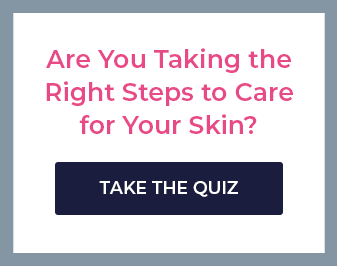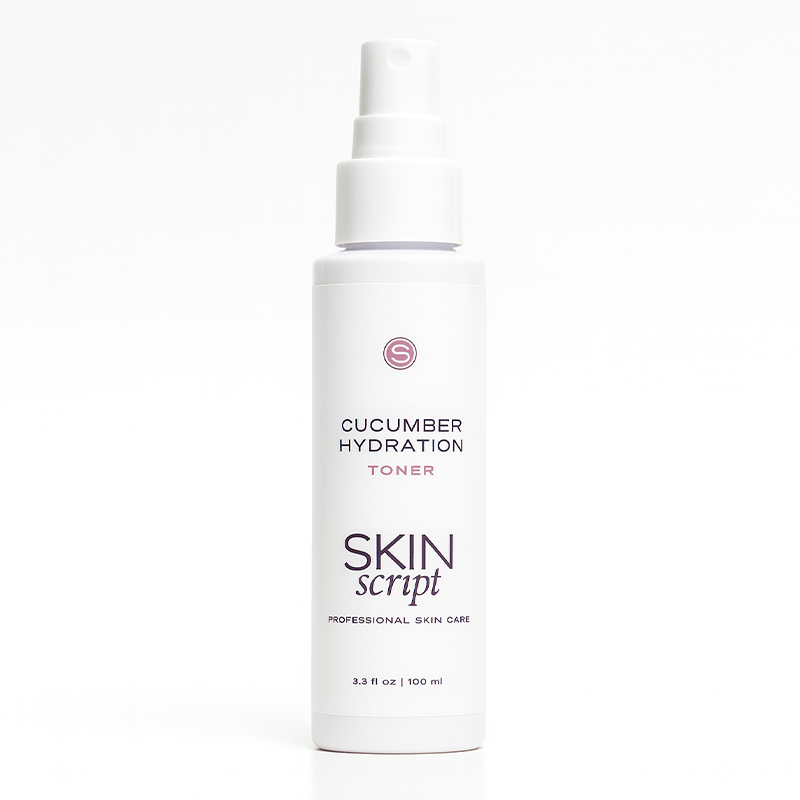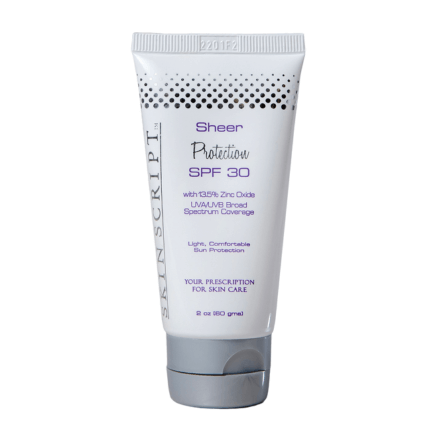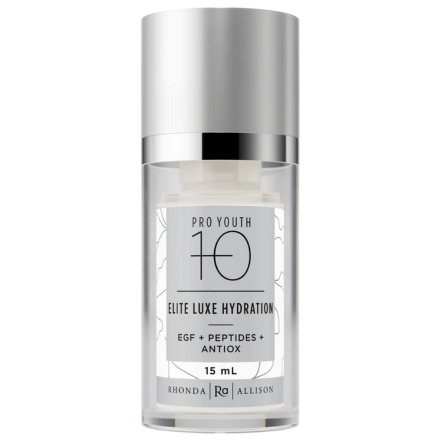493 Results
Hide Filters
Rosacea & Redness
Welcome to our Rosacea & Redness Solutions collection at Skincare by Alana, where we focus on gentle, soothing skincare to calm redness and minimize the symptoms of rosacea. Understanding the sensitivity of rosacea-prone skin, our curated selection features products specifically formulated to reduce inflammation, soothe irritation, and strengthen the skin barrier without causing further irritation.
Our Product Range Includes:
- Cleansers: Ultra-gentle cleansers designed to soothe and reduce redness without stripping the skin of its natural oils.
- Moisturizers: Hydrating moisturizers that fortify the skin’s natural barrier, helping to reduce sensitivity and calm inflamed skin.
- Serums: Targeted serums formulated with calming ingredients to address redness and provide relief from flare-ups.
- Creams: Specialized creams that offer intensive hydration and soothing properties to alleviate the discomfort associated with rosacea.
- Masks: Cooling and calming masks that deliver immediate relief for irritated skin, reducing redness and providing soothing hydration.
- Treatments: Advanced treatments and soothing sprays designed to specifically treat rosacea symptoms and improve overall skin health.
- And More!
Key Ingredients Recommended for Rosacea:
For effective management of rosacea and skin redness, consider incorporating products with these key ingredients known for their calming and soothing properties:
- Niacinamide (Vitamin B3): Helps to strengthen the skin's barrier, reduce inflammation, and improve skin texture, making it ideal for sensitive and rosacea-prone skin.
- Azelaic Acid: A gentle exfoliant that reduces inflammation, kills bacteria, and helps to normalize skin disfunction, commonly used in rosacea treatments.
- Aloe Vera: Known for its soothing and cooling properties, aloe vera is excellent for calming irritation and reducing redness.
- Allantoin: A botanical extract that soothes and protects the skin, helping to heal the skin and stimulate growth of healthy tissue.
- Green Tea: Rich in antioxidants and anti-inflammatory properties, green tea helps to soothe redness and reduce swelling.
- Oatmeal: Offers anti-irritant and anti-inflammatory properties, making it an excellent ingredient for calming sensitive or inflamed skin.
At Skincare by Alana, we understand the challenges faced by those with rosacea and sensitive skin. Our Rosacea & Redness Solutions collection is designed to provide you with the most effective and gentle products, ensuring your skin remains calm, hydrated, and healthy. Explore our selection today and discover the ideal skincare regimen to manage your rosacea and reduce redness effectively!
Guaranteed Safe Checkout



























